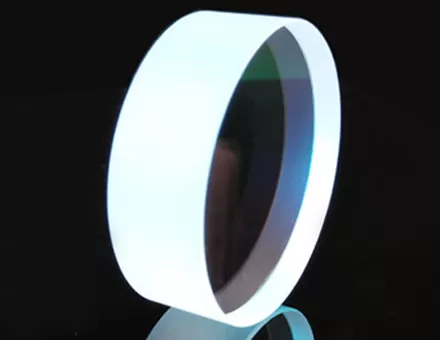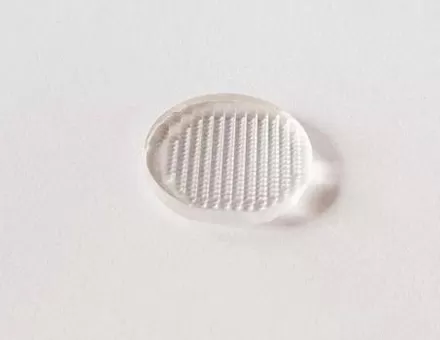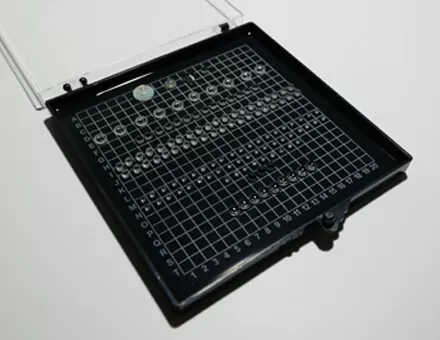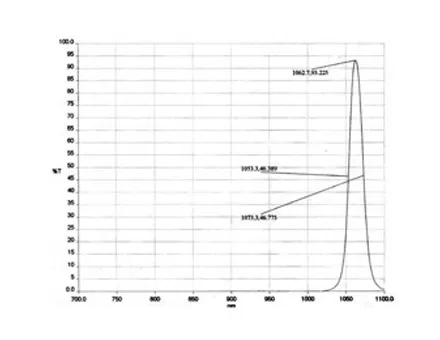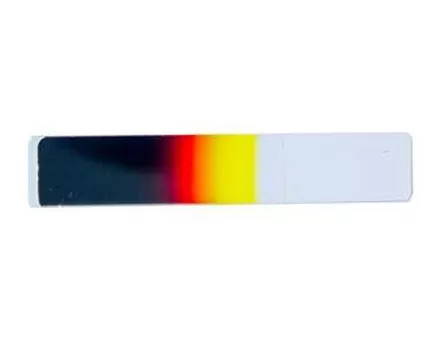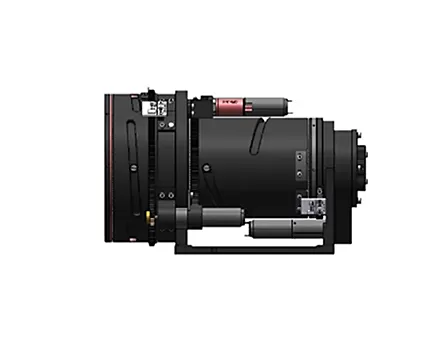1. Application scope of cylinder lens
cylinder lenses are aspherical lenses that can effectively reduce spherical and chromatic aberrations. It is divided into plano-convex cylinder lens, plano-concave cylinder lens and cylinder lens. With one-dimensional zoom function. Mainly used to change the design requirements of the imaging size. For example, converting a point spot to a line spot, or changing the height of the image without changing the width of the image. It can be applied to linear detector lighting, barcode scanning, holographic lighting, optical information processing, computer, laser emission, etc. Optical cylinder lenses are also widely used in intense laser systems and synchrotron radiation beams. With more and more applications, the requirements for cylinder lenses are also getting higher and higher, especially in high-precision testing instruments and devices such as high-power laser resonator chips and long-distance line interferometers.
2. The production method of cylinder lens
(1) Rough grinding cylinder lens
Usually, the rough grinding of a small radius cylinder lens is to glue a square blank to the mold, form a cylinder, and then process the outer circle to obtain a cylindrical surface. Parts with a thickness equal to or greater than the radius of curvature R of the cylindrical surface are generally rough ground into a whole cylinder first, and then finish grinding and polishing, and then grind off the excess part.
The rough grinding of the cylinder lens cylinder can be done with a conventional cylindrical grinder, but if the diameter of the cylinder lens is small, a centerless grinder should be used.
Generally, when the number of cylinder lenss is small, the four corners of the square blank can also be ground by hand on the rough grinder, and then the cylinder is installed on the main shaft of the instrument lathe, and then installed on the lathe tool holder and the horizontal plane. A flat iron plate inclined at a certain angle is used to machine the outer circle. Rough grinding of cylinder lenss with a medium or higher radius of curvature can be formed by milling.
(2) Fine grinding cylinder lens
For the fine grinding of small radius cylinder lenses, when the number of products is small, the method of adding instrument lathes by hand can still be used. The method of the separator, in the process of fine grinding, the cylinder should be turned around regularly to avoid grinding into a cone. Another way to fix the separator is to replace the middle mandrel by the outer retaining ring.
For cylinder lenss of medium radius, after milling and forming, they are often glued to the mold to form a mirror column for fine grinding. Then install the mirror column on the main shaft of the lathe, and then install the mold on the tool holder of the lathe and add loose abrasives for fine grinding. For concave cylinder lenss and large-radius cylinder lenss that are not suitable for glueing into cylinders, they are often glued into mirror discs first, and then finely ground with corresponding cylindrical molds on a special cylindrical machine tool.
(3) cylinder lens polishing
The processing method of polishing is similar to fine grinding. Generally, there is a layer of felt with a thickness of 3~5mm on the polishing mold, and the length of the polishing mold is about 1/3 of the length of the cylinder.


















 EN
EN
